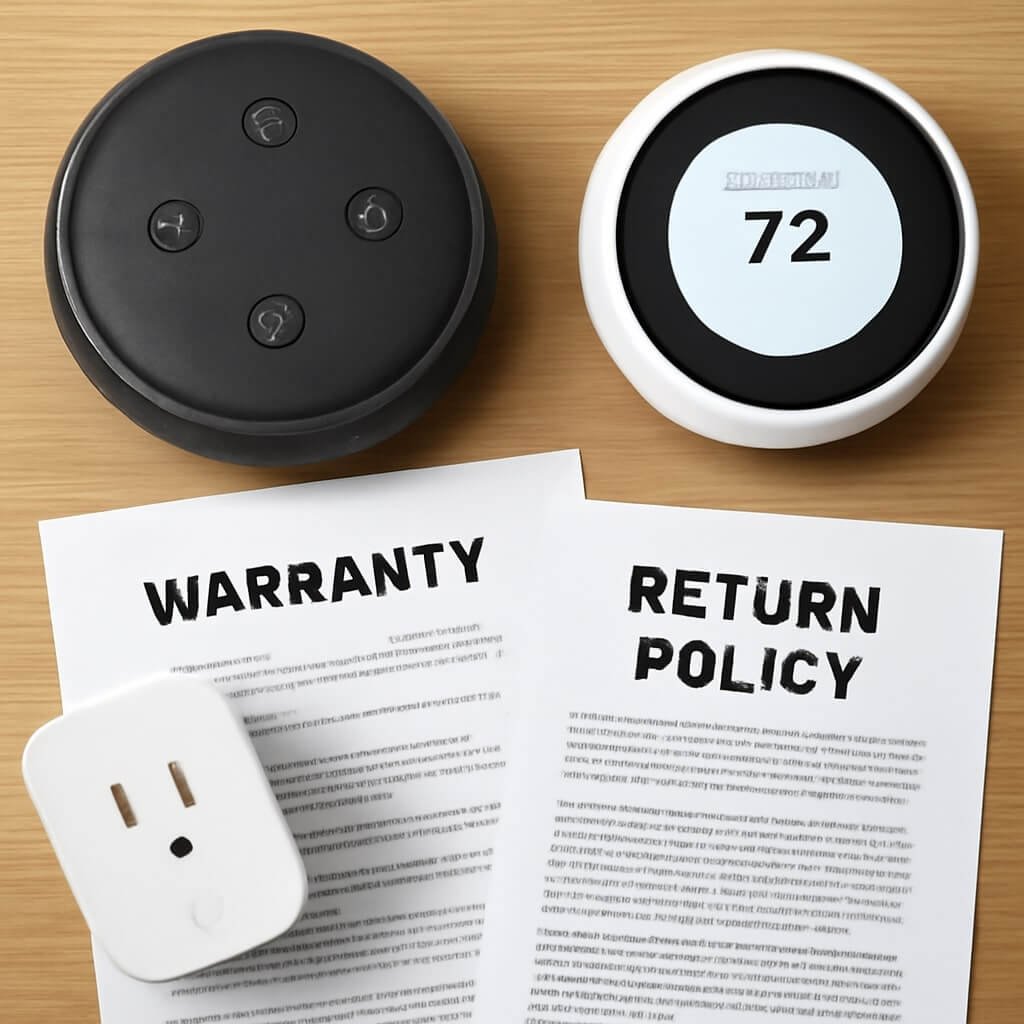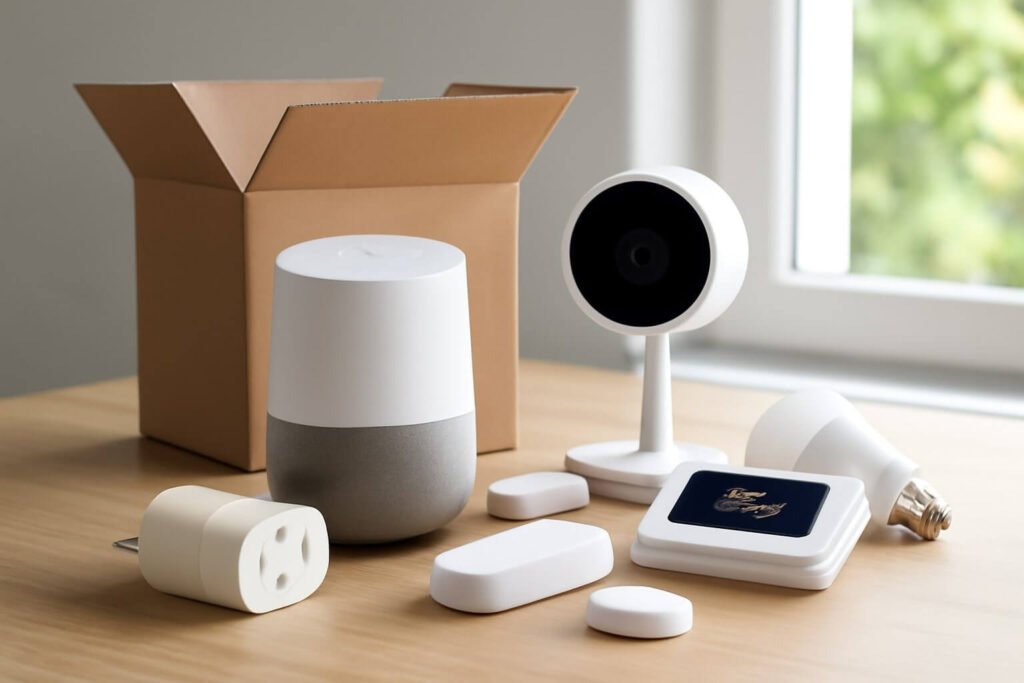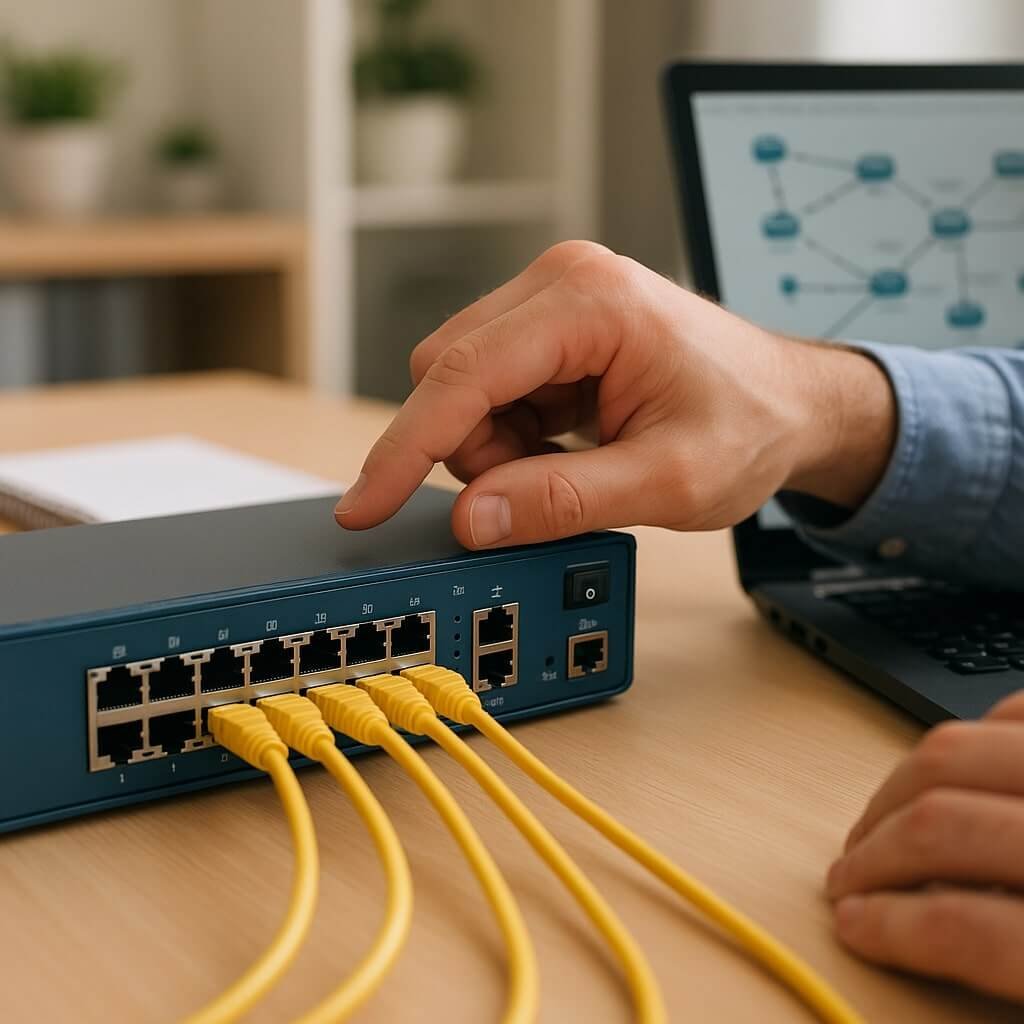Smart home devices—from thermostats to security cameras—have revolutionised how we manage our living spaces. Their ability to connect to the internet and automate tasks has made them increasingly popular worldwide. But, with this rise in use comes the crucial need to understand warranties and returns associated with these devices. Knowing your rights and coverage can save you money and stress if something goes wrong.
Understanding Smart Home Device Warranties
Warranties are essentially promises from manufacturers that your device will function as intended for a certain period. If it doesn’t, they’ll repair or replace it. But warranties vary widely in what they cover and for how long.
Types of Warranties Available
There are primarily two types of warranties you’ll encounter:
- Manufacturer’s Warranty: Usually included with the purchase, it covers defects in materials and workmanship.
- Extended Warranty: An optional purchase that extends coverage beyond the manufacturer’s warranty, often for an additional cost.
Standard vs Extended Warranties
While standard warranties typically last between one to two years, extended warranties can stretch coverage to three years or more. However, it’s important to read the fine print, as extended warranties sometimes come with limitations.
Key Warranty Terms You Need to Know
Understanding warranty jargon can help you navigate claims more effectively.
Coverage Duration
Most smart home devices come with a 12-24-month warranty. The exact duration can depend on the manufacturer and device type.
What Is Covered and What Isn’t
Typically, warranties cover:
- Defects in manufacturing
- Hardware malfunctions
They often exclude:
- Damage caused by accidents or misuse
- Software issues or updates
- Unauthorized repairs
Warranty Limitations and Exclusions
Many warranties do not cover damage from power surges, water damage, or normal wear and tear. Always check for these exclusions before relying on warranty protection.
The Importance of Registering Your Smart Home Device
Registering your device with the manufacturer can be critical. It not only activates your warranty but also helps in quicker processing of claims. Some companies require registration within a certain timeframe after purchase.
Common Warranty Claims and How to File Them
Typical claims include device failure, hardware malfunctions, and defects. To file a claim:
- Gather proof of purchase and registration details.
- Contact the manufacturer or authorised service centre.
- Follow their instructions for diagnosis and repair.
Keep all correspondence for reference.
Return Policies for Smart Home Devices
Returns are a bit different from warranties. While warranties cover repairs post-purchase, returns are about getting your money back or exchanging the device shortly after buying it.
Return Periods and Conditions
Most retailers offer a return window of 14-30 days. Devices must usually be returned in like-new condition with original packaging.
Refund vs Replacement Policies
Some sellers may offer a full refund, while others provide a replacement or store credit. Knowing the policy beforehand can save headaches.
Tips for Ensuring Smooth Returns and Warranty Claims
- Keep your receipt and warranty documents safe.
- Register your device immediately.
- Follow usage guidelines to avoid voiding the warranty.
- Document any issues with photos or videos.
- Contact customer service promptly.
How to Handle Third-Party Sellers and Warranty Validity
Buying from third-party sellers or marketplaces can complicate warranty claims. Manufacturer warranties may be voided if the device wasn’t purchased from an authorised retailer. Always verify the seller’s legitimacy.
Frequently Asked Questions (FAQs)
How long is a typical smart home device warranty?
Most are 12-24 months, but they can vary by manufacturer.
Can I extend my warranty?
Yes, through an extended warranty plan, often at extra cost.
What happens if I damage the device accidentally?
Accidental damage is generally not covered unless you purchased specific accidental damage protection.
Is registration mandatory for warranty coverage?
Some manufacturers require it; it’s best to register as soon as you buy.
Can I return a smart home device after 30 days?
Returns after the retailer’s return period are usually not accepted, but warranties may still apply.
What should I do if my device stops working but the warranty has expired?
You can contact the manufacturer for repair options or look for reputable third-party repair services.
Conclusion: Protect Your Smart Home Investment
Investing in smart home devices is exciting and can make life easier. But to fully enjoy their benefits without worry, it’s essential to understand warranties and return policies. Always read the fine print, register your devices, and keep records handy. These steps ensure your smart home stays smart—and protected.






